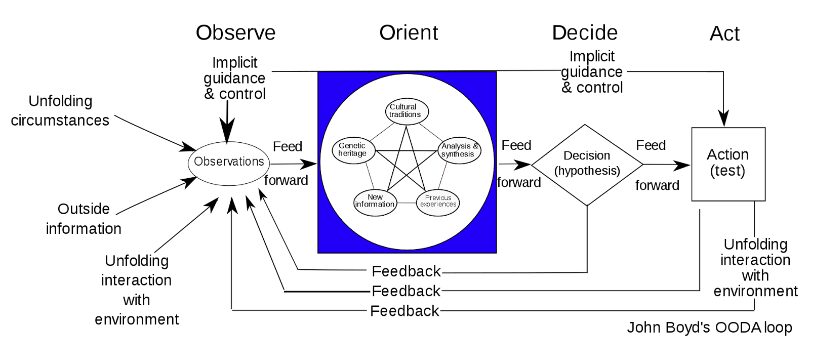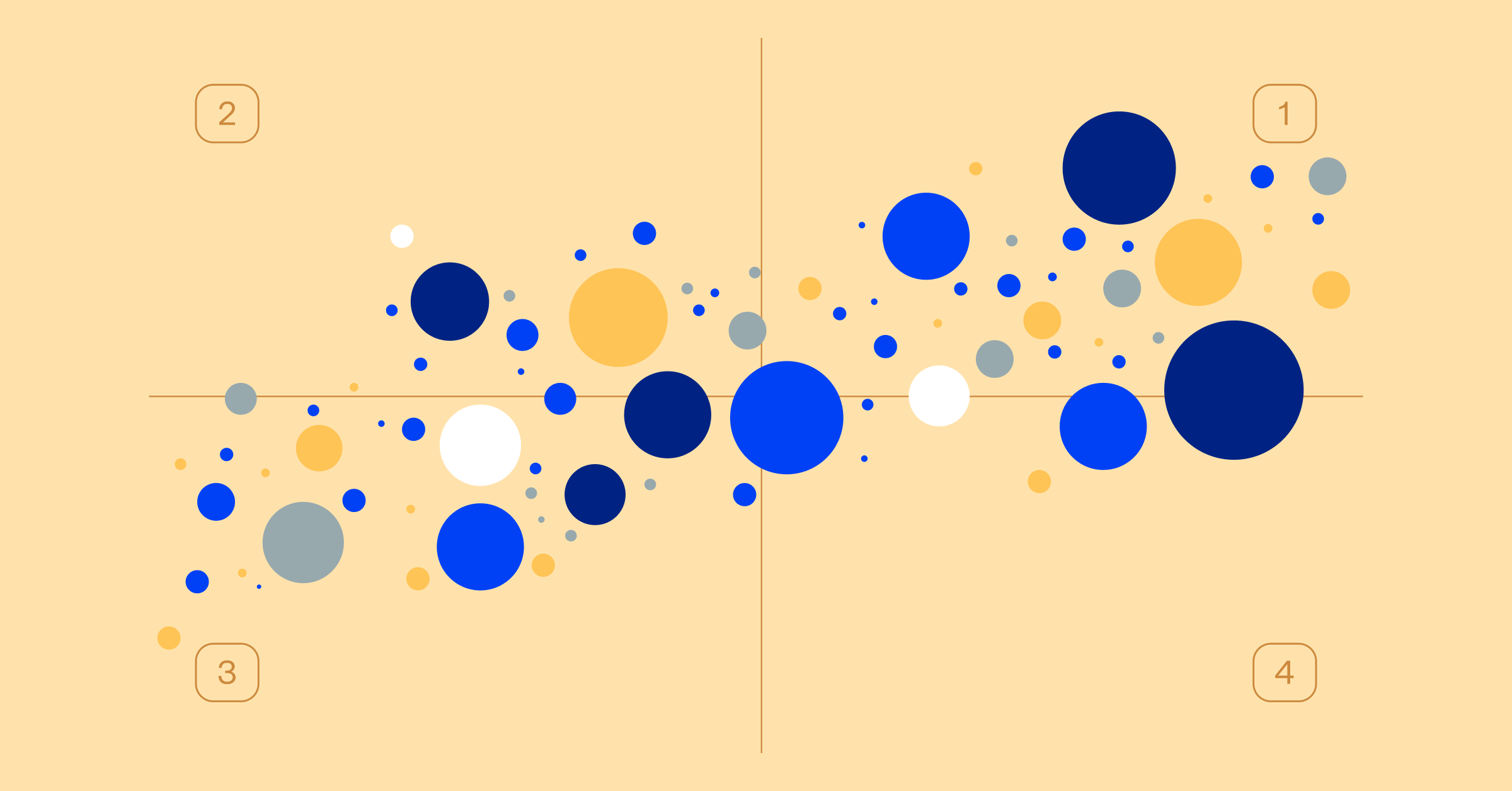Employee spotlight: Why I joined BigPanda

In the National Museum of the Marine Corps in Quantico, Virginia you’ll find a statue of an Air Force officer. This is significant: the United States Air Force (USAF) and the United States Marine Corps (USMC) have historically been competitive, most of the time in a friendly way. But at the point in history where this individual came through the ranks (during the Cold War), the USMC’s existence was being questioned as the USAF was pushing top-down strategic military doctrine with an emphasis on strategic bombing and missile defense—not boots on the ground and certainly not an amphibious force.
At the same time, a radical and contradictory doctrine started to bubble up through the efforts of that man depicted by the statue, whose name was John Boyd. Boyd asserted that the key to victory on the battlefield was the ability to absorb information that is ever changing, process that information, take action in the shortest amount of time possible, and repeat this cycle until a desirable outcome is achieved. The OODA loop, or cycle, was born. Or rather, a paradigm was created to describe what Boyd ultimately saw in every organization and organism. To underscore the significance of this theory, it was the genesis of the F-16, which is still the most cost effective fighter jet in the world, adopted and used by dozens of nations. The USMC was an early adopter of Boyd’s principles applied to the organization as a whole, and this is why his statue welcomes visitors to their museum. OODA would eventually be adopted outside of the military and make its way into the private sector.
So, what is OODA?
- Observe: take in information from the environment (could be opponent, enemy, market conditions, etc).
- Orient: apply perspective on that data.
- Decide: choose a course of action derived from that information and perspective.
- Act: Execute and note results from interaction with that environment.
Every organism and organization exhibits this behavior, but some do this better than others.

Image Source: Wikipedia
When I first learned of BigPanda, the OODA loop is exactly what came to my mind. Technology organizations are assaulted with what seems like a never-ending tsunami of data, and it is easy to get stuck in analysis paralysis. This results in a slower pace of innovation, as well as run-away costs as businesses attempt to provide the highest level of service to their customers. BigPanda helps these organizations by making sense of the enormous amount of disparate information, allowing them to take action on incidents through automated incident management and workflows and providing analytics that close the feedback loop. BigPanda built an OODA loop platform for IT operations.
Cool, so now you know why I was really excited about joining this organization. (If you made it this far, thanks for reading.) What I did not know was that I was in for a surprise during my first days onboarding. Our Chief Technology Officer, Jason Walker, gave a presentation on his background first as a customer of BigPanda. He gave some verbal cues that piqued my interest to the extent that I approached Jason during a later meet-and-greet to discuss this topic. To my great surprise, it was unveiled that the OODA cycle is not a foreign concept at BigPanda. Jason, as a former USMC Naval Aviator, is well versed in this principle and pointed me to existing BigPanda blog posts referencing OODA (here, here, and here). To borrow a favorite phrase from the Marines: Outstanding!
So, there you have it. BigPanda is a way to apply a proven theory (OODA) to challenges that ITOps, NOC, DevOps, and SRE teams face. Not only is it applied through our software, I’m seeing it purposefully applied in this company as well—and that is outstanding.




